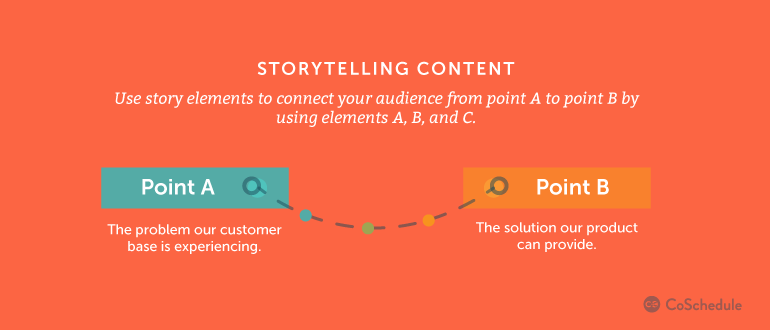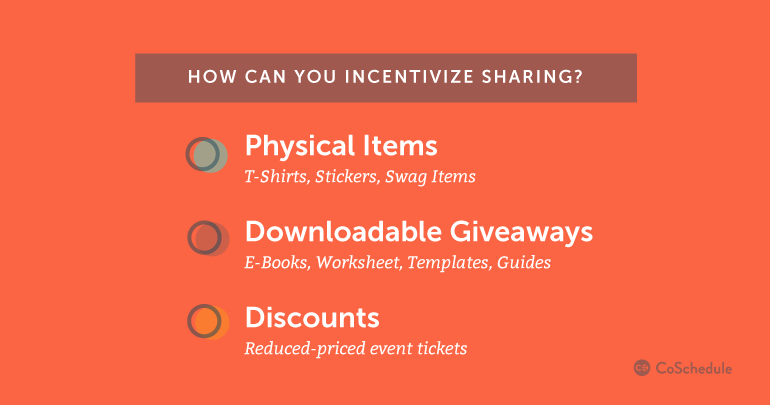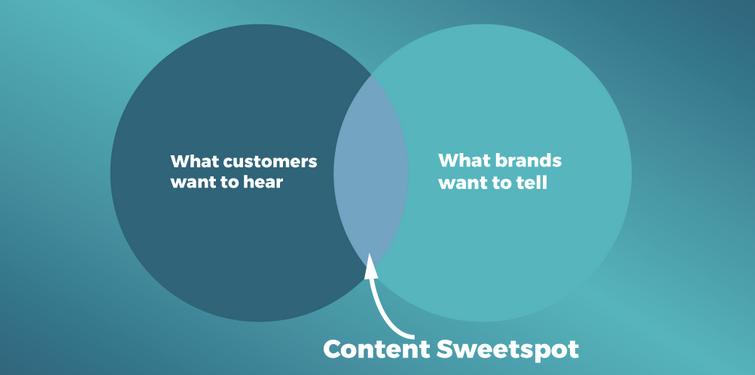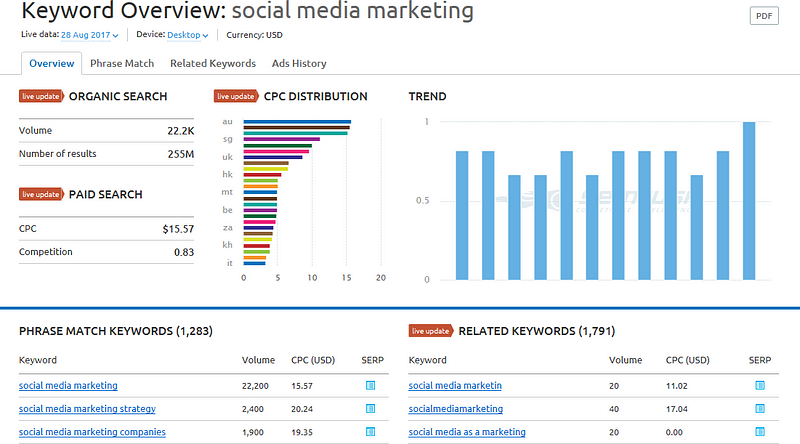
6 Ways to Create Shareable Content
Content can make or break a brand. Inappropriate, offensive or out-of-touch content can give your brand a bad name and scare off customers, while great content helps you connect with your audience, build positive brand associations and increase revenue for your company. But even great content has to be shared to be seen. So how do you inspire your audience to share what you’ve created? Here are six tips to help you get started!
Performance Driven Digital Marketing & Web Development Agency in Myanmar
1. Create Content That Sparks an Emotional Reaction
In the Don Draper age of advertising, content was all about getting a “knee-jerk” emotional reaction from the viewer. The way we create, promote and share content might have changed a lot since those days, but the importance of connecting with one’s audience on an emotional level has not. Take the “Following” commercial from State Farm, for example. The ad shows a man going about his daily life, but every time he sees something that tugs on his heartstrings, such as a child who needs help or a dog that needs a home, he’s followed by these entities for the rest of the day. Finally, he decides to volunteer at a youth shelter, and the crowd following him is satisfied. The ad is a compelling emotional pull for the insurance giant’s Neighborhood of Good community and volunteer initiative. A study done by the University of Pennsylvania that studied New York Times articles showed that content that evokes emotion is more likely to be shared, even if the emotion evoked is a negative one, such as anger or anxiety. Tap into this type of emotion by being a tough editor. Constantly ask yourself whether the content you’re creating, reading or seeing makes you feel something and is worth sharing. If it’s not, some editing may be in order! The flip side of emotional content is a negative emotional experience. Anger spreads quickly, and that can cripple a brand. In the same University of Pennsylvania study, users reported they would be more likely to share an advertisement when they felt amused by it-and more likely to share a customer service experience when it made them angry. You must be prepared for both types of emotional reactions.
2. Do Competitive Research
One of the simplest ways to create content people want to share is to copy what’s worked for other brands. In the marketing world, it’s completely acceptable to creep on your competitors to find out what they’re doing right (or wrong). Researching what your competitors are doing and how their audiences are reacting is an easy way to find insights on what types of content your brand should create as well. Here are some tips for tracking what your competitors are doing.
- Make a list of your top 3–5 competitors and the social channels they’re using. Are you on the same networks? If so, you’re competing for traffic and engagement!
- Determine what competitors have published in the past six months, particularly what topics and formats they have used for their content. Are they busy with blogs, videos or something else? Are you publishing similar types of content?
- Find out what content has the highest engagement on each of your competitors’ channels, and take notes. Look at likes, shares and follows as a starting point. Are people engaging with these brands? If so, what’s causing the biggest reaction?
- Use your competitors’ highly-engaged content to inspire your own content. Take what you’ve learned and make it your own. Aim to be 10x better than your competitors with the insights they’ve provided. Convince your audience you’re the best option!
3. Make it Useful
Above all, your content should offer value to your potential and current customers. That value could be making them laugh or it could be actionable steps they can take to improve their lives. It’s human nature for us to share what’s helpful to others, whether that’s a coupon, a new way to clean your clothes or a cool t-shirt based on our favorite television shows. In fact, The New York Times did a study that found 90% of users will assess the usefulness of the content before sharing it. Do the research to find what’s useful to your audience, and they’ll reward you by sharing your content with their friends and loved ones.
4. Use SEO to Help Your Customers Solve Problems
Doing keyword research can help you discover what will be useful and informative to your audience and ensure that users are interested in sharing it with others. If you’re considering a certain topic, tools such as MOZ, Ahrefs and SEMRush should be on your research list. Look up the topics in which you’re interested to see how often people are searching for them, and learn the other related keywords they’re using. This information will allow you to create more robust content by learning the kinds of questions users are asking in the search engines. It can also help you craft a title that will both engage users and be easily discovered in search.
5. Tell a Story
Storytelling is an important part of content creation because it allows your audience to relate to your product and see the relevance of it in their everyday lives. To tell a memorable story via content, make sure you have a clear beginning, middle, and end. There should be no gaps in the story; it should be mapped out clearly and easy to follow.

- Introduce a problem or few problems that your audience is facing (these can be lighthearted or serious).
- Introduce the solution(s) to those problems (your products/services).
- Show and/or tell your potential customers how they can take action to solve the problem (buying your products/services).
Be careful that you aren’t overtly “selling” your products or services; try a soft sell instead.Though cheeky hard sells have worked for some companies, usually a less obvious approach is best.
6. For Quick Wins, Incentivize
Everyone likes free stuff. Whether it’s a fun quiz, a free t-shirt, or a 30-day trial, we want as much free stuff as we can get without paying for it. Capitalize on this common trend by rewarding your audience with free “stuff” for sharing your content. Take a look at how your company has incentivized in the past, and/or research competitors and industry-leading companies that have done so successfully.

- Write down the rules of your giveaway and post it in a place that’s easily accessible to users.
- Set a date and time limit for likes and shares. Remember to add a timezone for your fans from different states/countries.
- On Twitter, it’s relatively easy to track shares because all you have to do is count retweets. Facebook is a little more difficult to track shares because you won’t be able to see the actual shared post unless their post settings are set to public. Ask people to both like and share (or comment) so you have full visibility of all participants.
- Once your deadline has been reached, review your content engagement, and select a random winner.
- Send out posts letting your fans know that a winner has been selected. Tag the winner so he/she can claim the prize.
- (BONUS) Gift additional participants with a discount for engaging with you!
Do you need Digital Consultation Now? Please ... Contact Us

